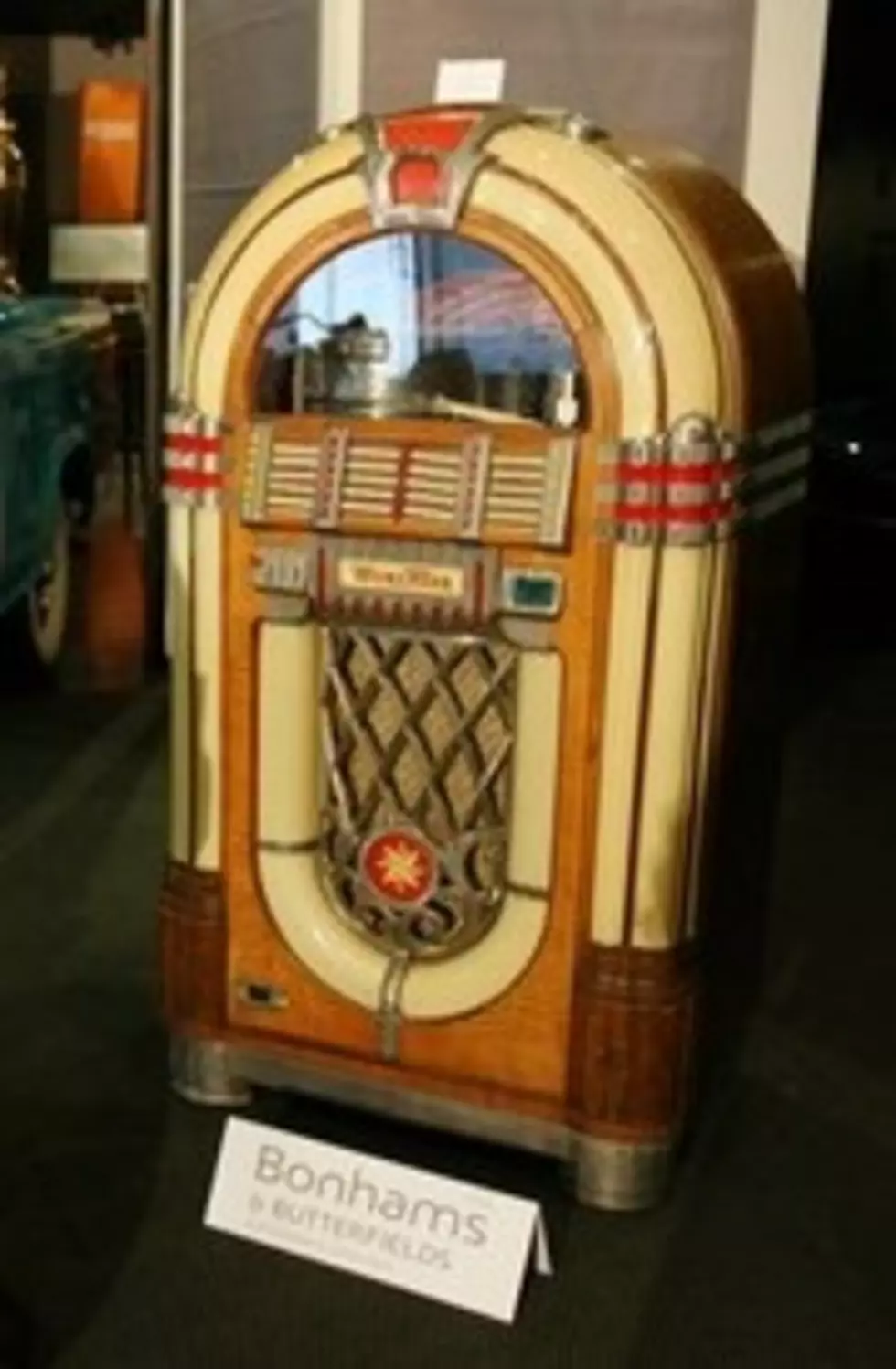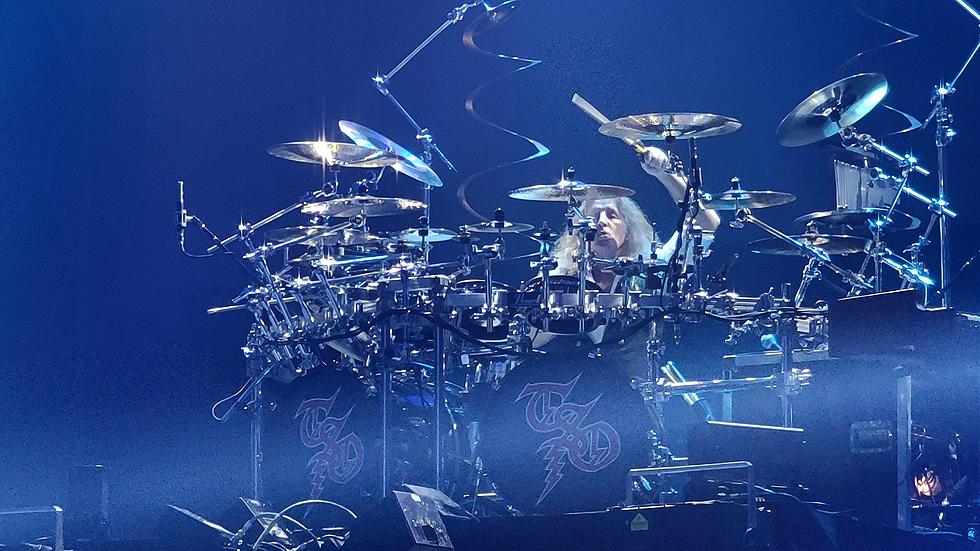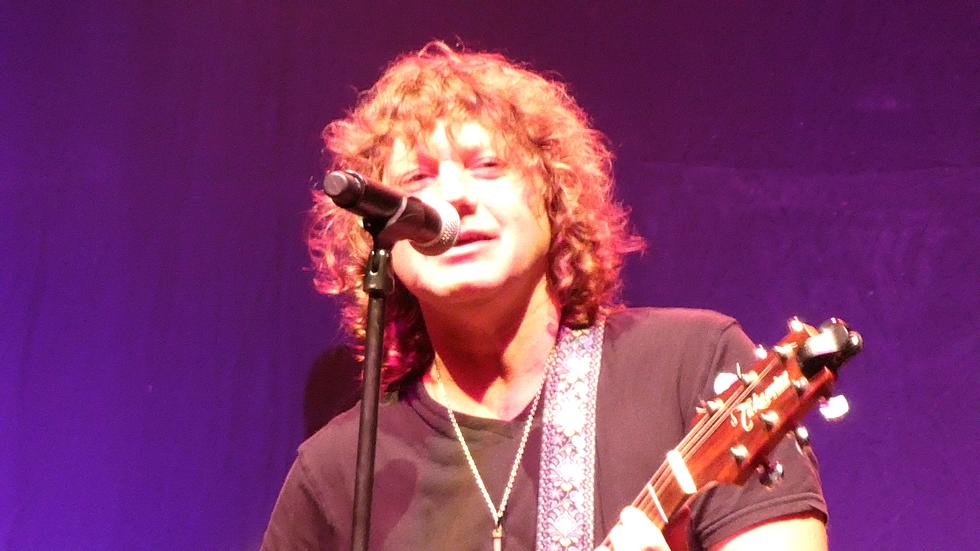
The First Jukebox Unveiled This Date In 1889
Now considered to be a musical icon, look how far the jukebox has come from the day it was unveiled in San Francisco, Nov 23, 1889. If "The Fonz" had given this one a fist bump, he probably would have disabled it permanently.
One of the early forerunners to the modern Jukebox as we know was the Nickel-in-the-Slot machine. In 1889, Louis Glass and William S. Arnold, placed a coin-operated Edison cylinder phonograph in the Palais Royale Saloon in San Francisco. It was an Edison Class M Electric Phonograph in an oak cabinet that was refitted with a coin mechanism patented (U.S. 428,750) by Glass and Arnold. This was the first Nickel-in-the-Slot. The machine had no amplification and patrons had to listen to the music using one of four listening tubes. In its first six months of service, the Nickel-in-the-Slot earned over $1000.
Factors Affecting the History of the Jukebox*
- During the 1890s, recordings had become popular primarily through coin-in-the-slot phonographs in public places.
- In the decade 1910-20, the phonograph became a truly mass medium for popular music, and recordings of large-scale orchestral works and other classical instrumental music proliferated.
- In the mid-1920s, radio, which provided free music, developed, and this new factor, plus the worldwide economic depression of the 1930s, threw the phonograph industry into serious decline.
- During the 1930s, as the American companies relied mainly on dance records in jukeboxes to satisfy a dwindled market, Europe supplied a slow but steady trickle of classical recordings.
More From 96.1 The Eagle








